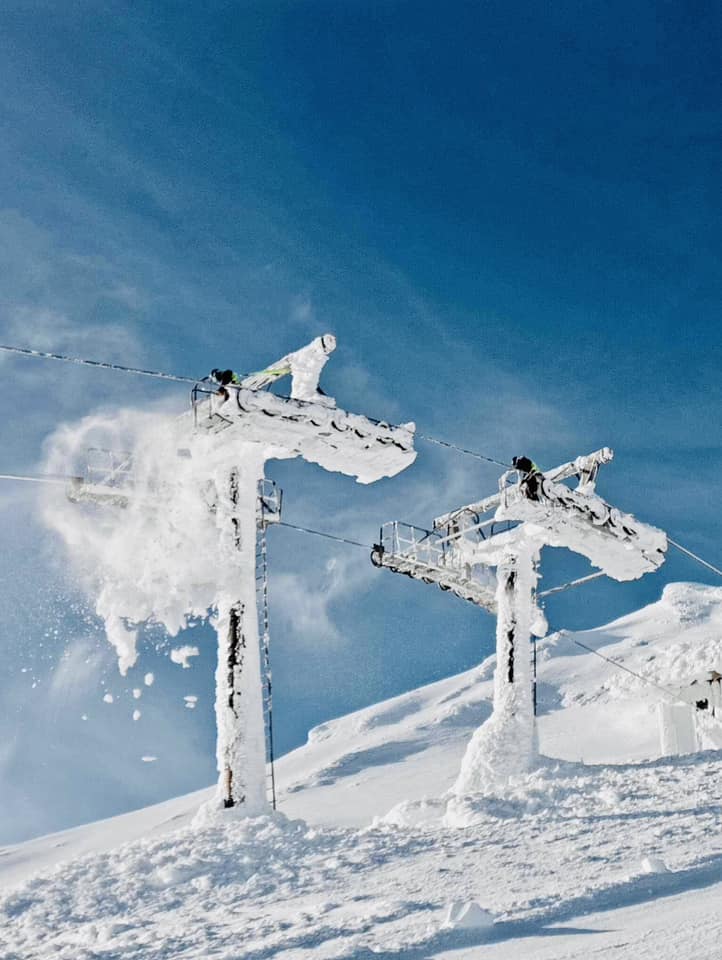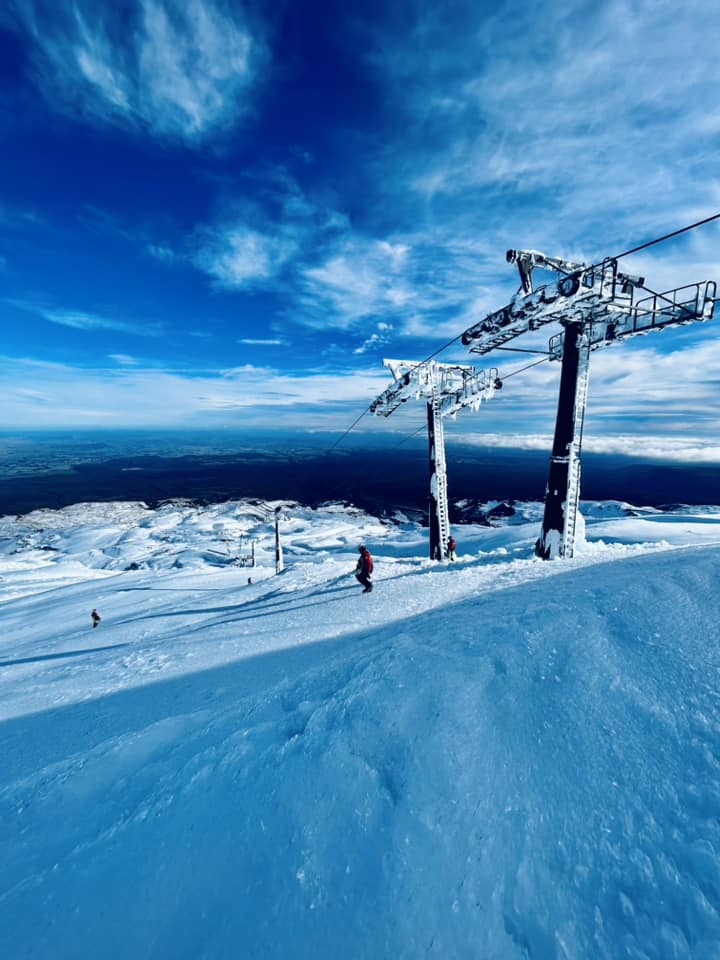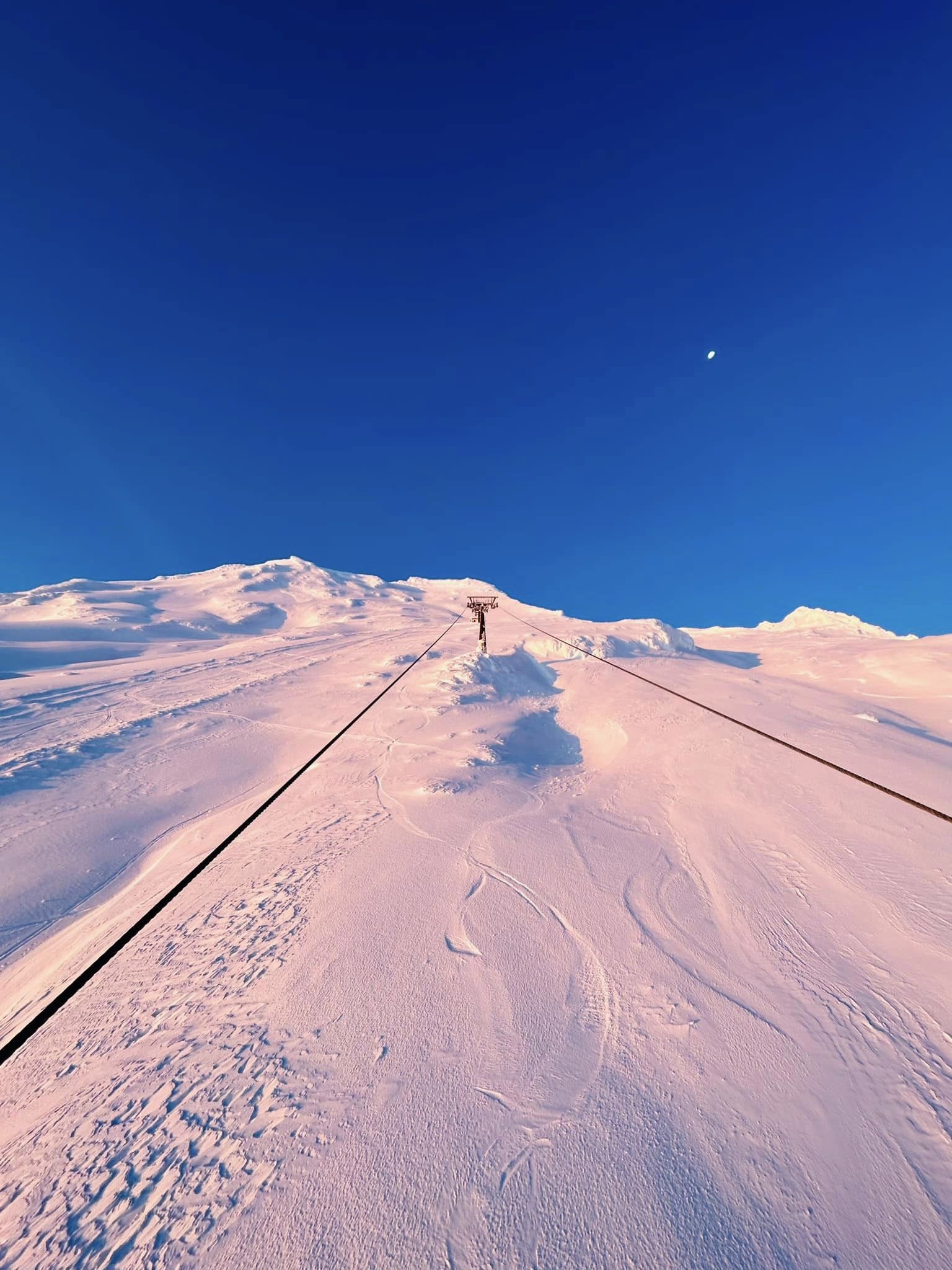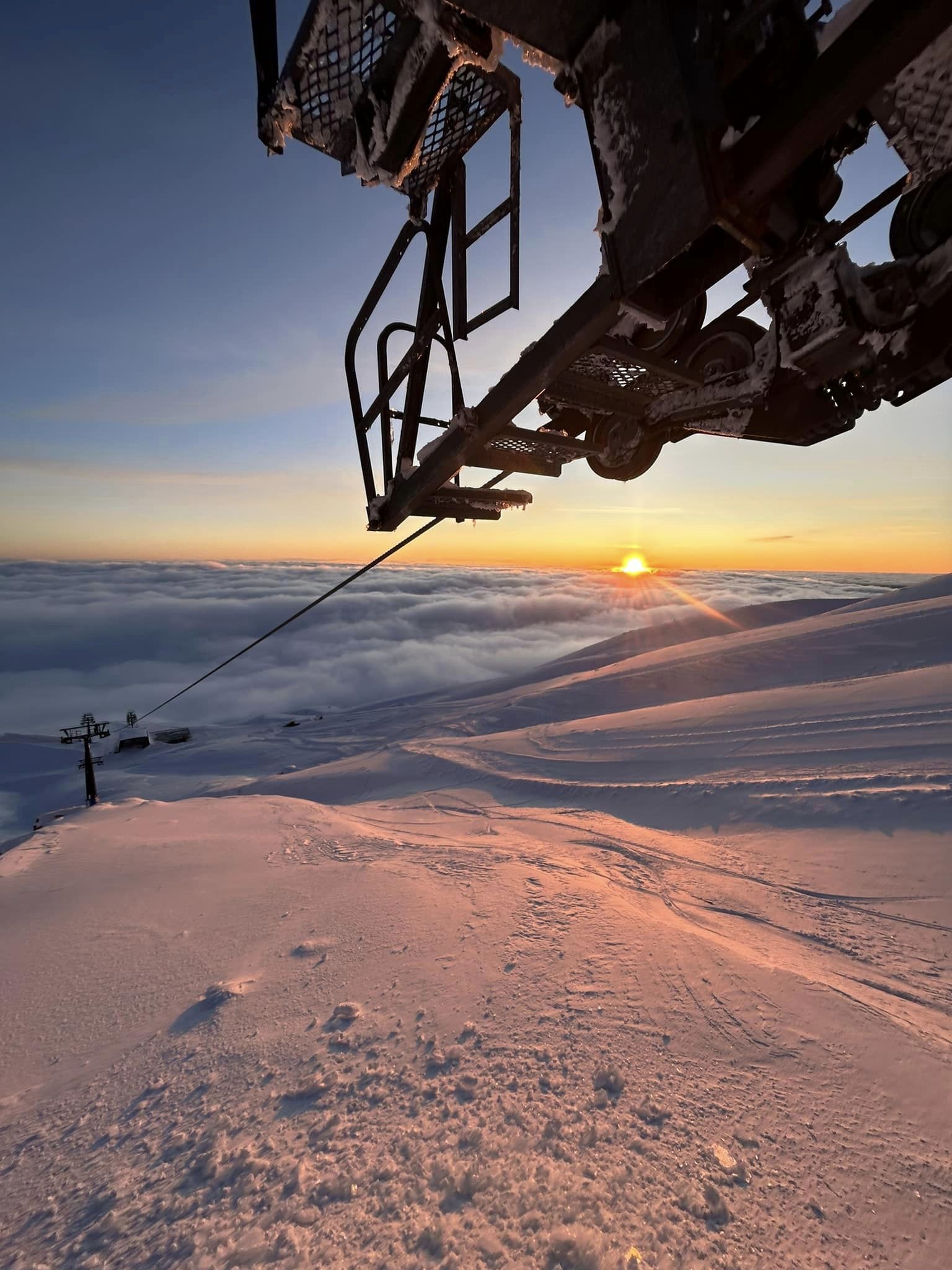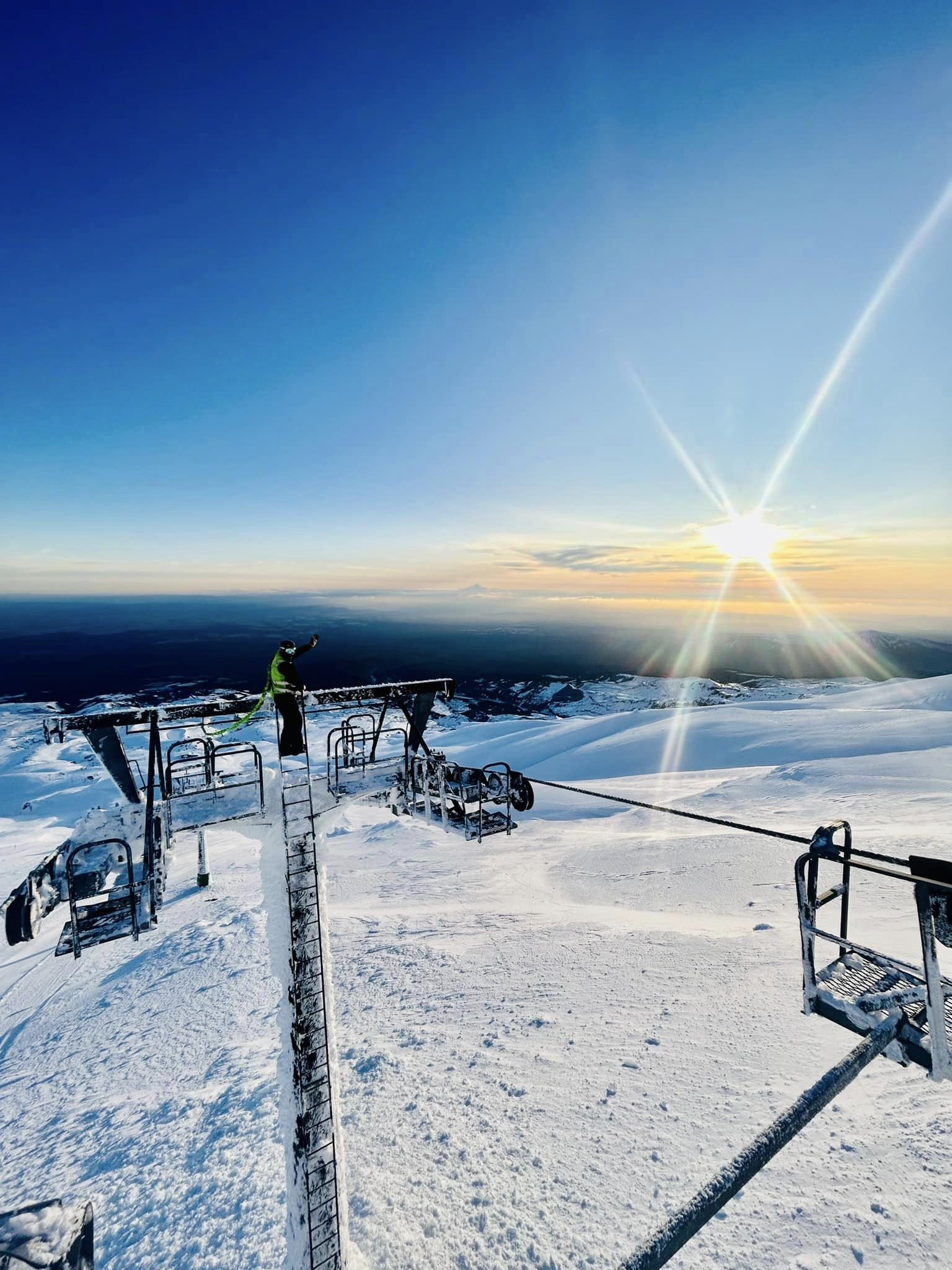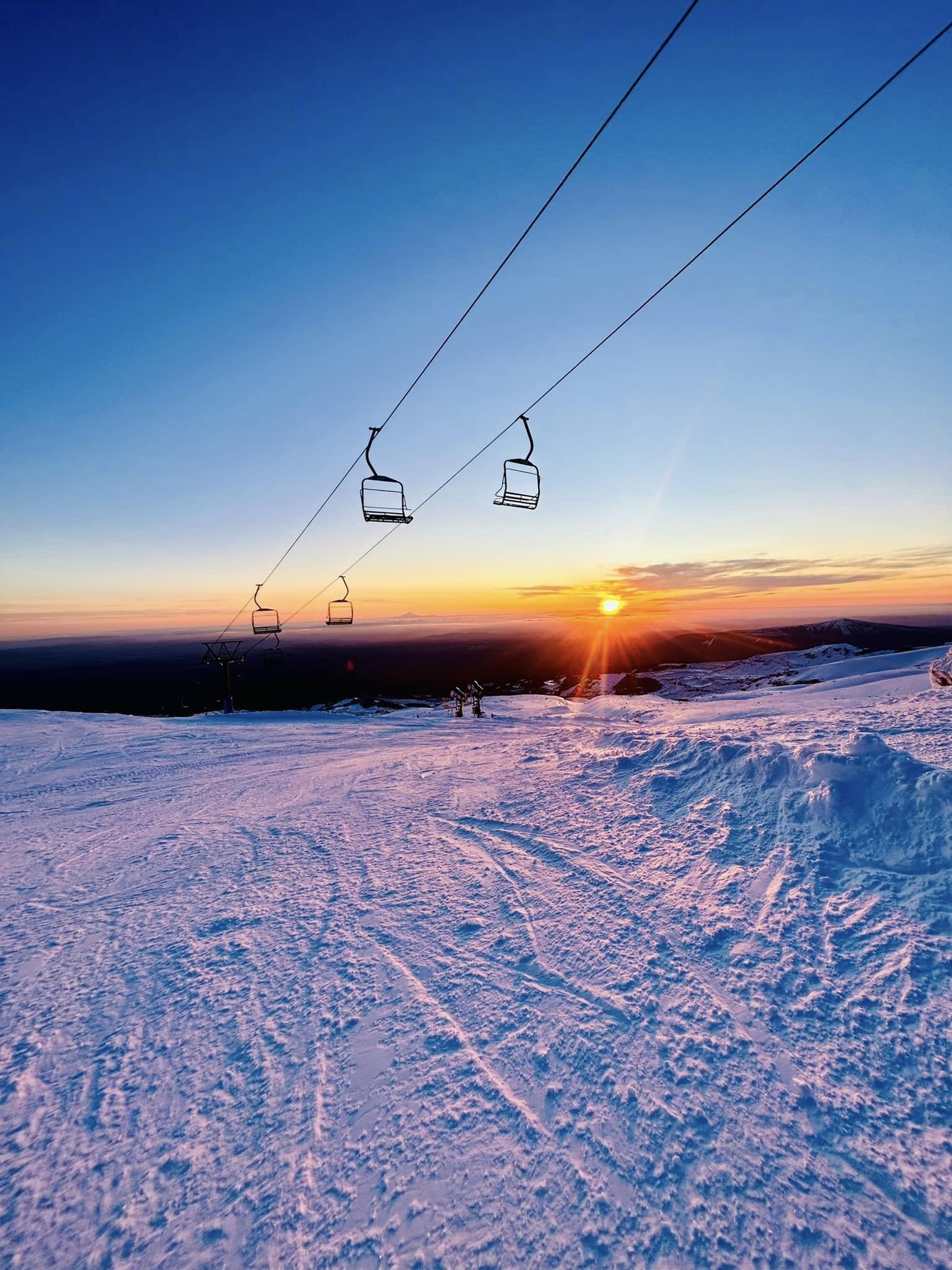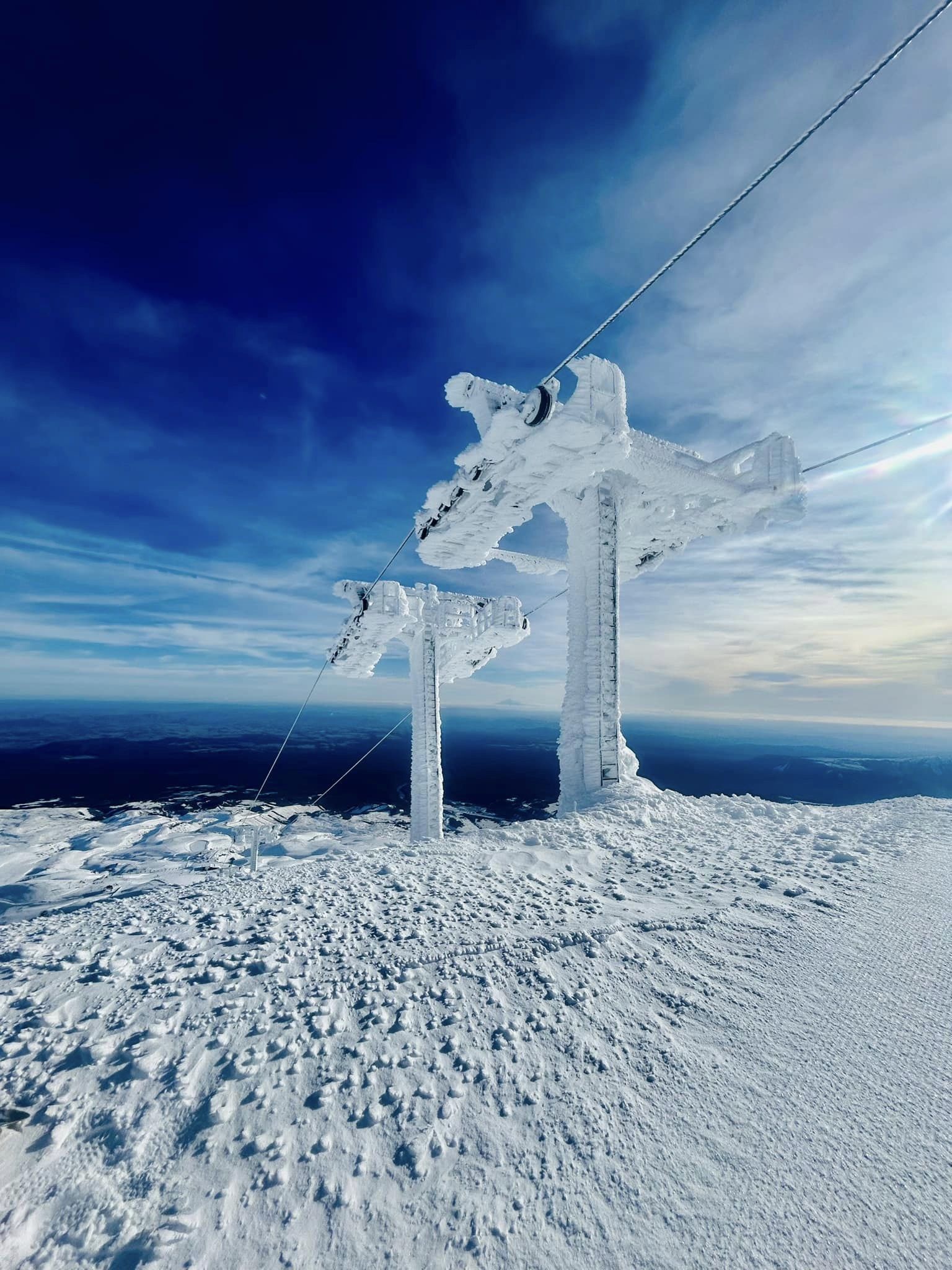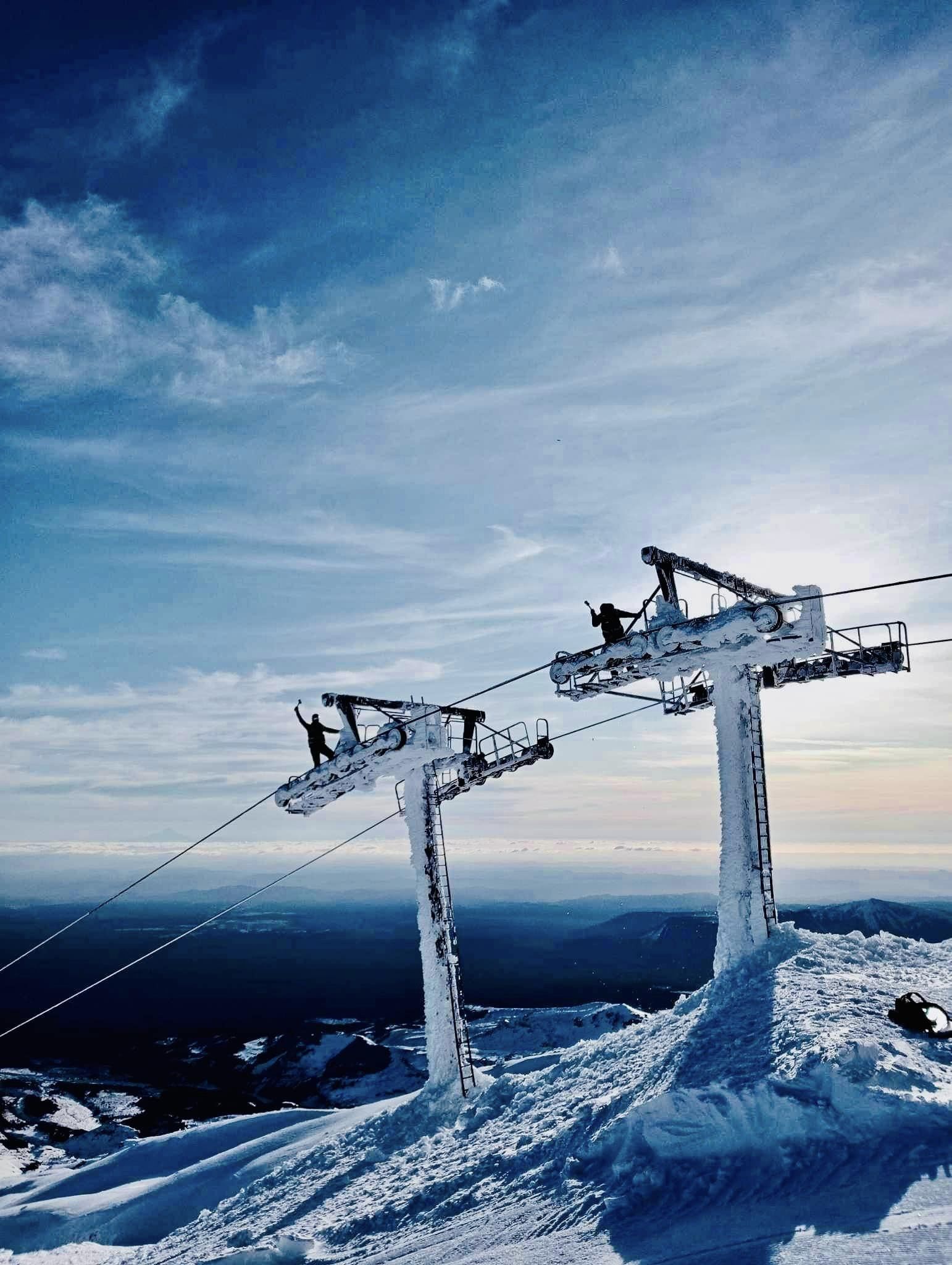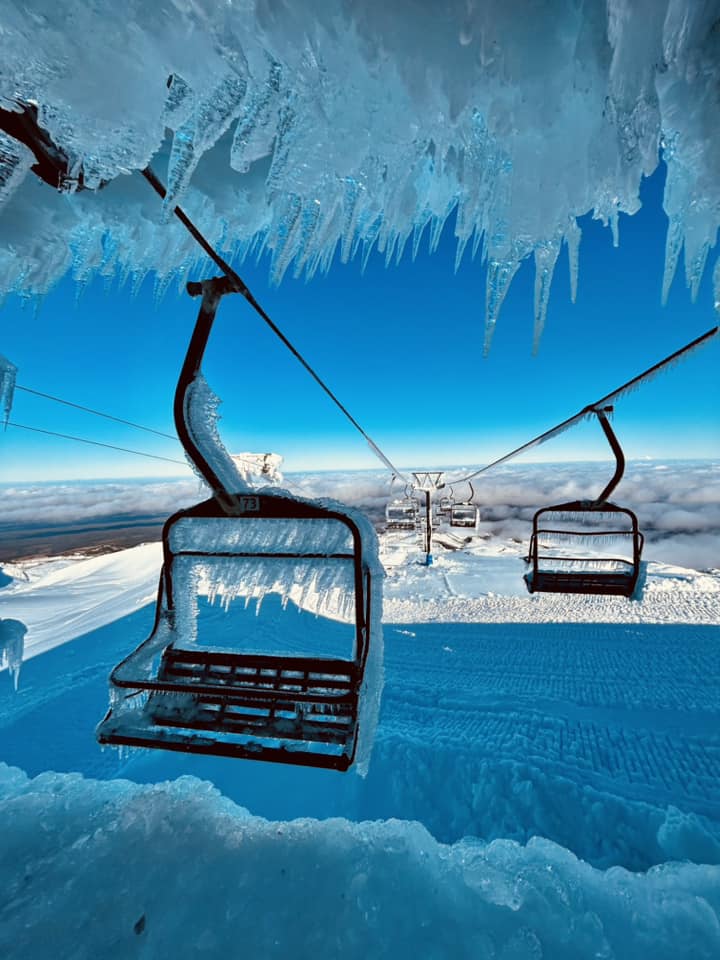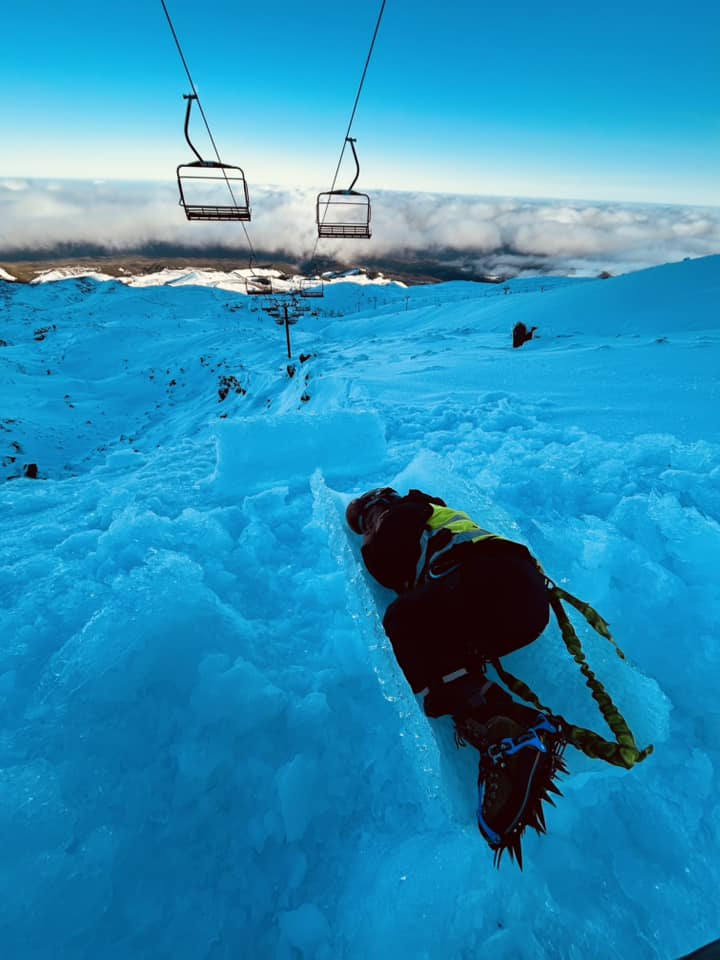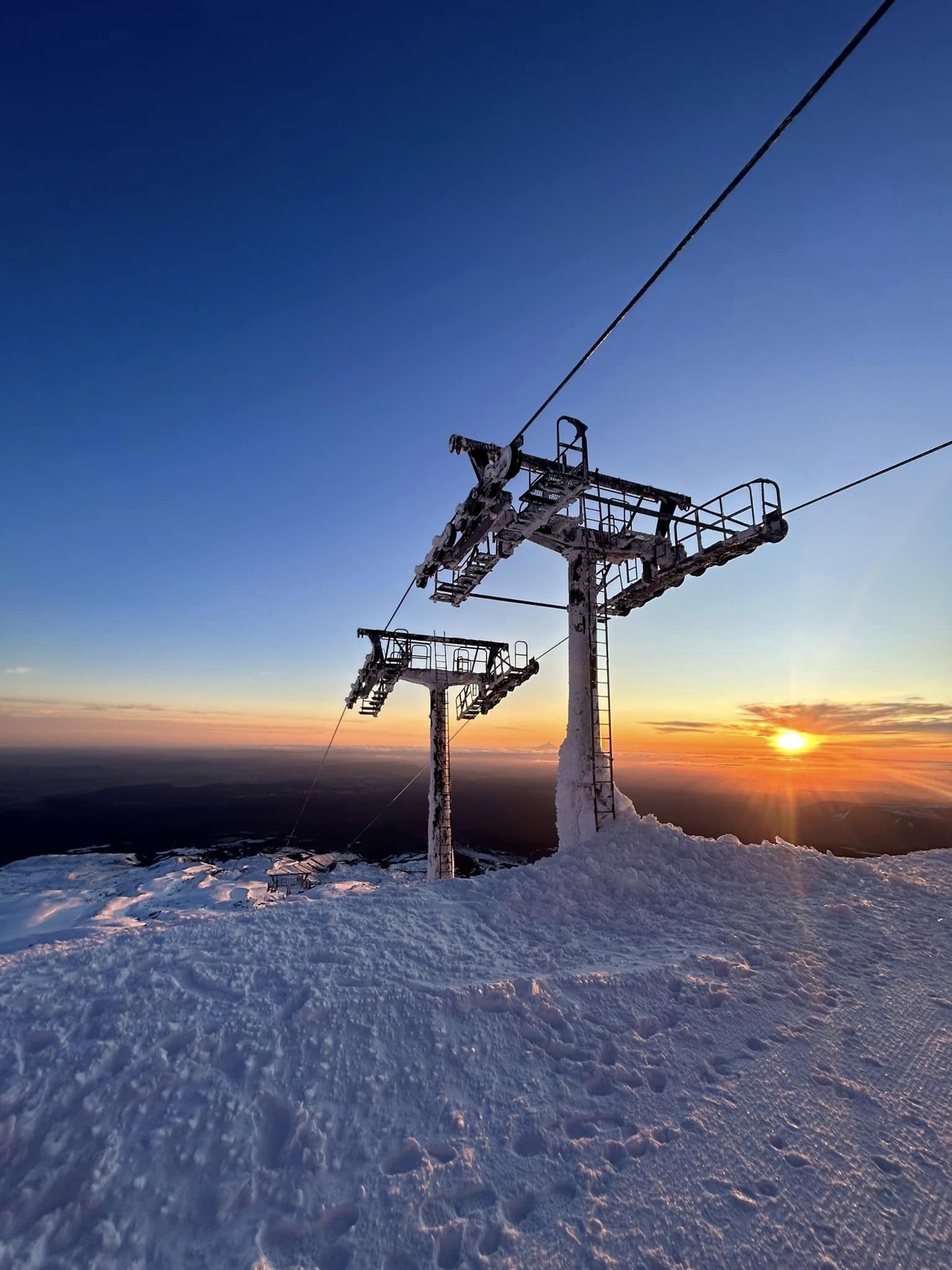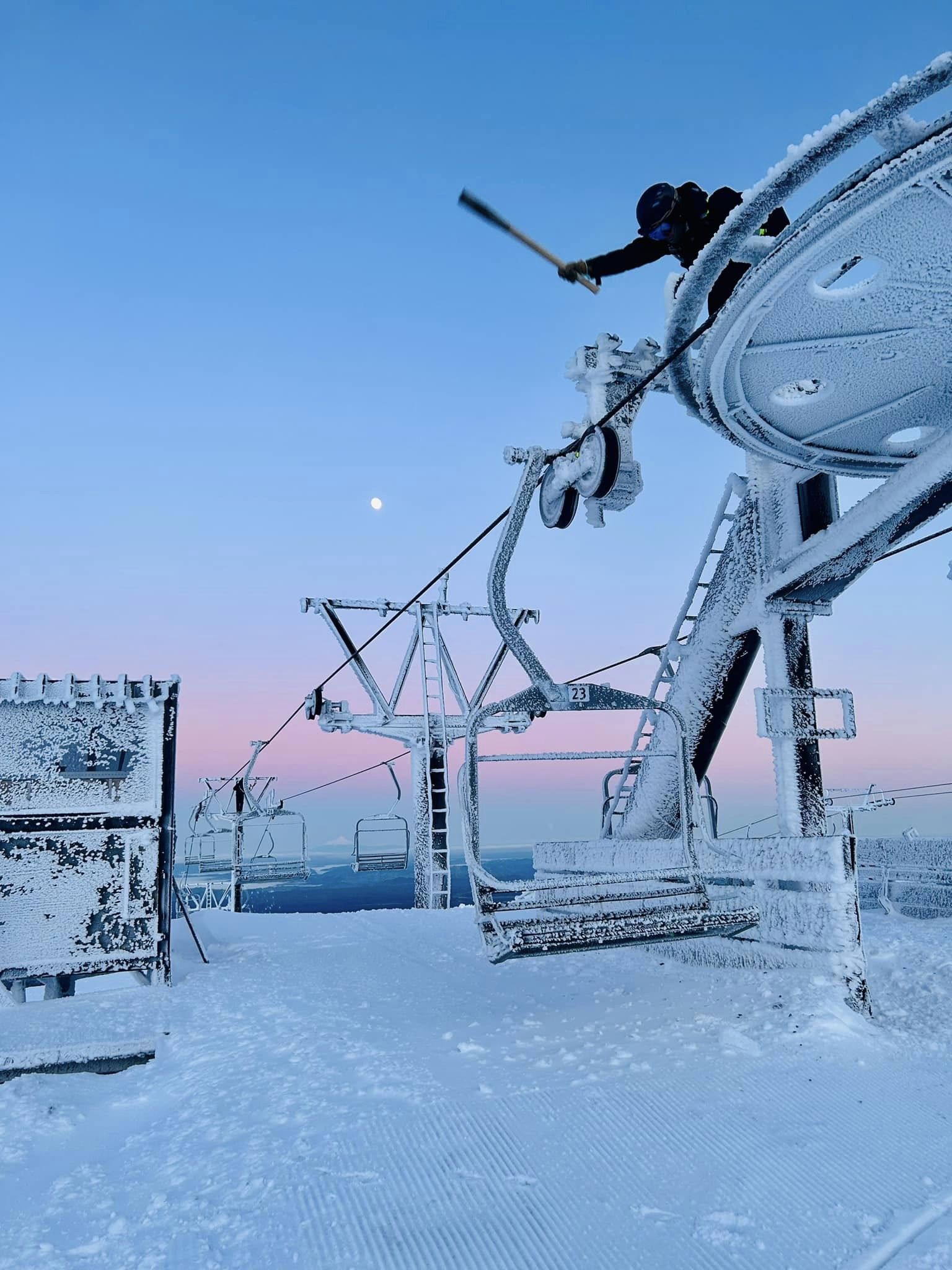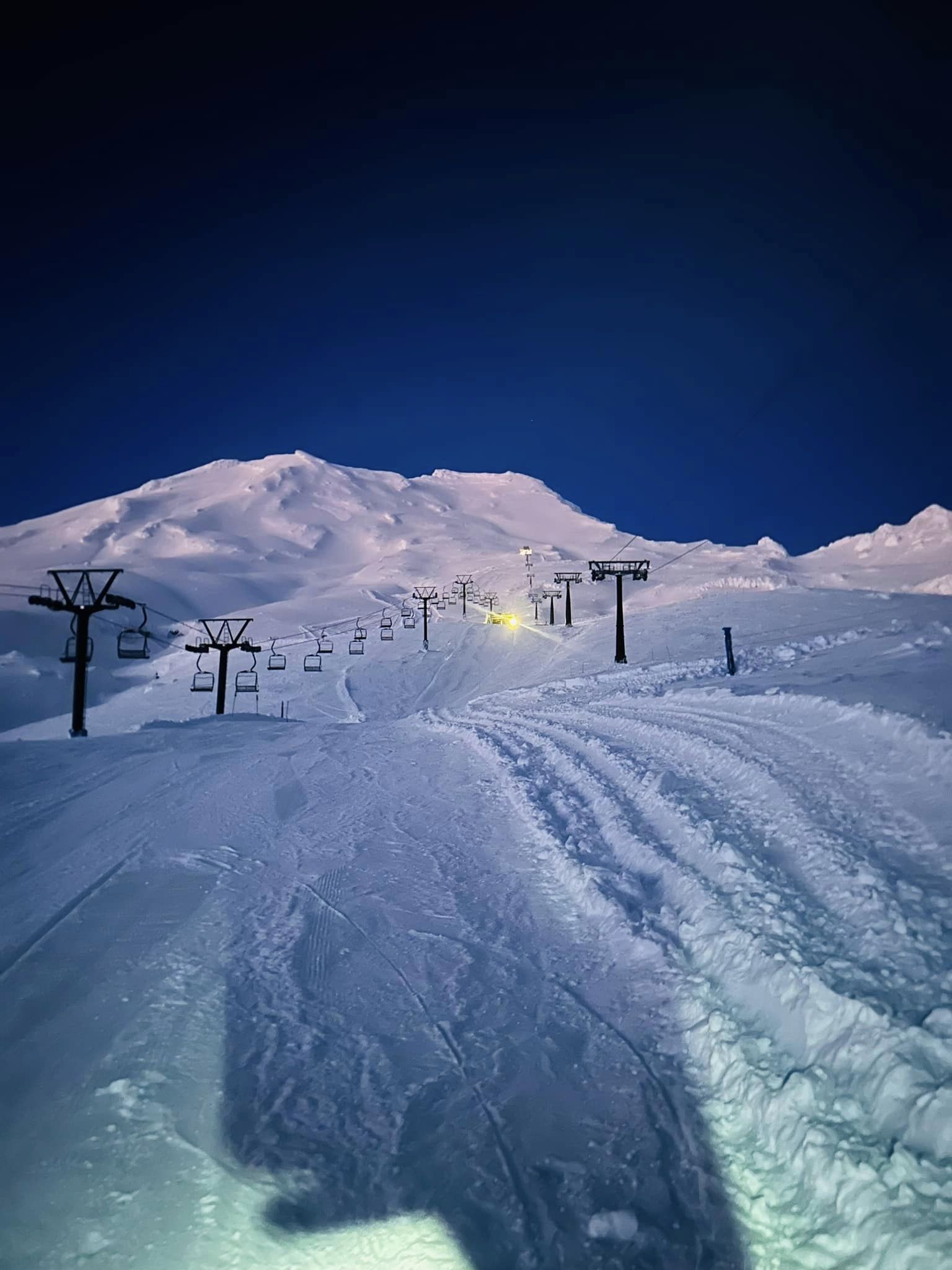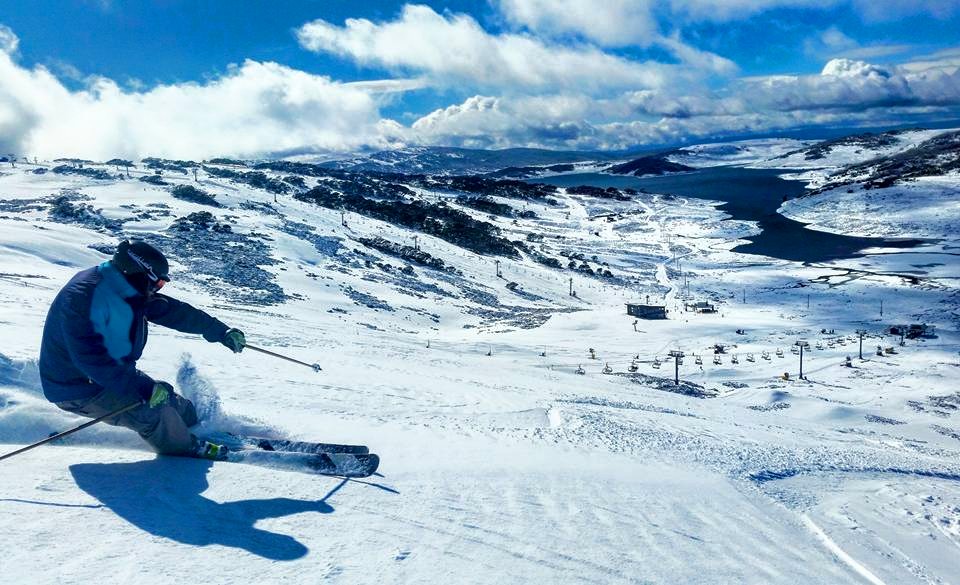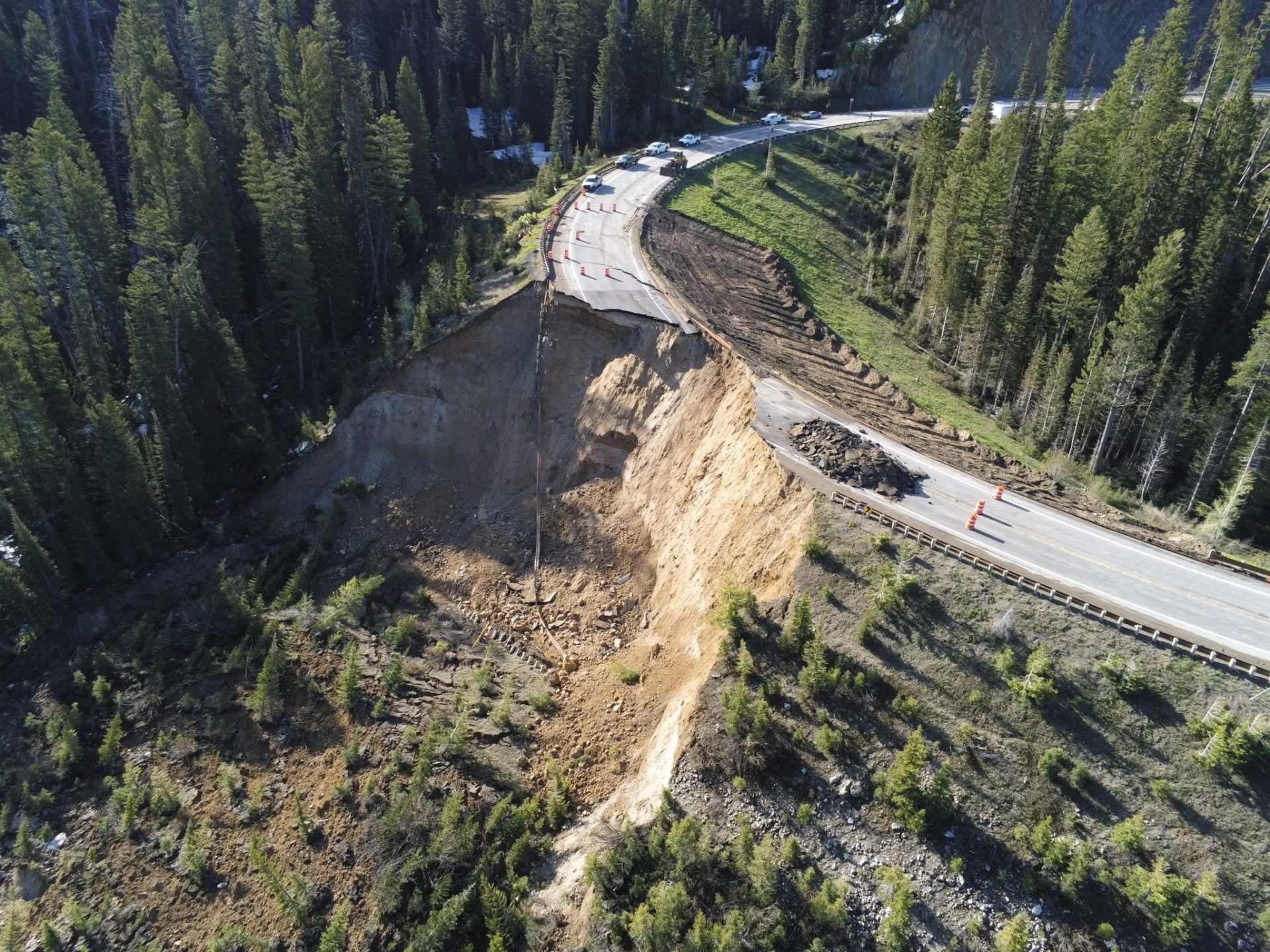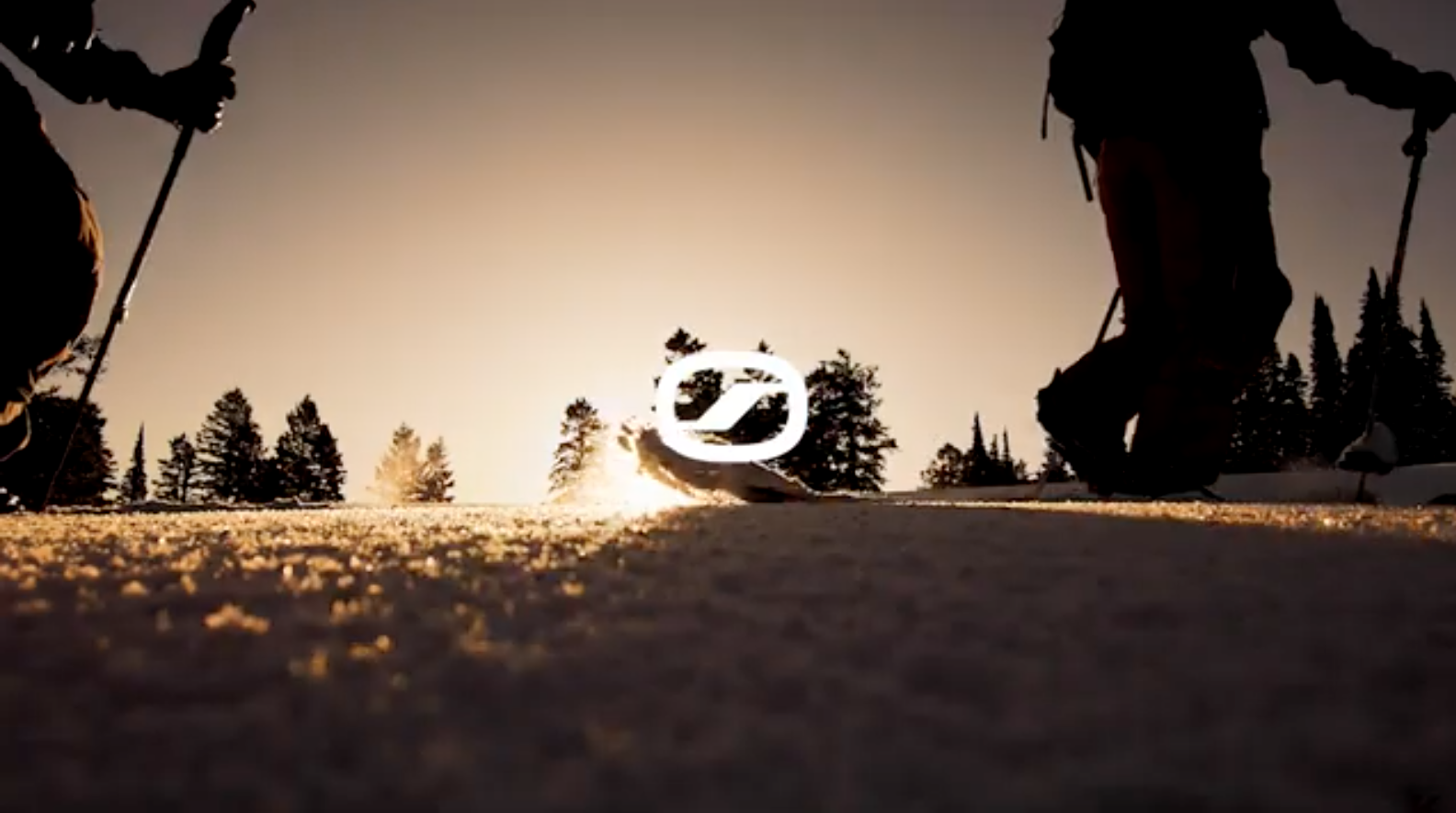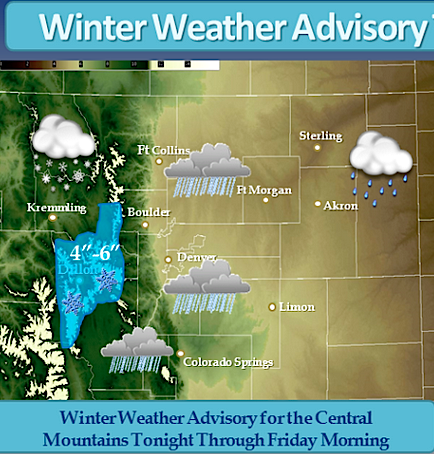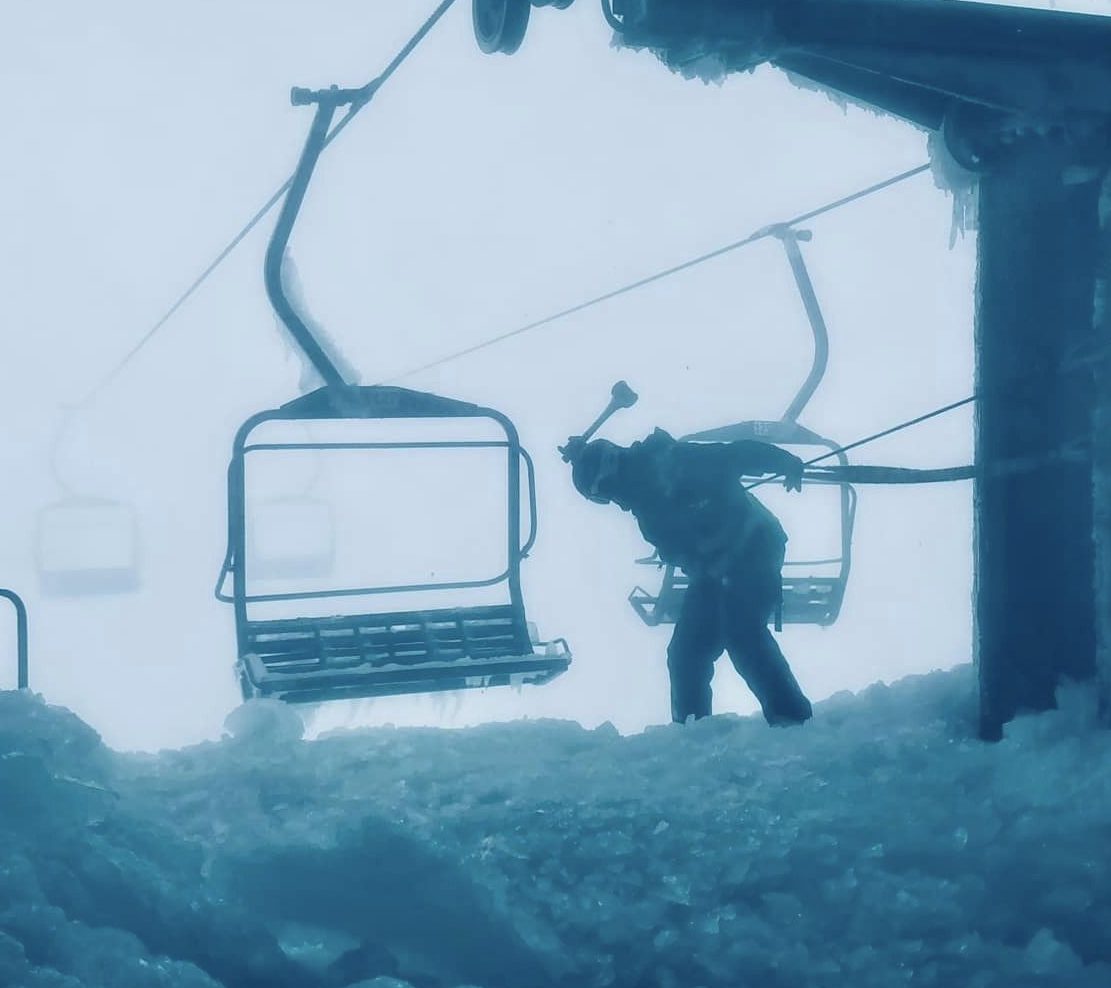
Rime ice forms when the water vapour in the air freezes when it touches below freezing temperatures. It is a common phenomenon in ski resorts in Australia and New Zealand. The rime ice can look absolutely spectacular but can obstruct ski lifts from operating. Therefore ski lifts in these areas require frequent de-icing.
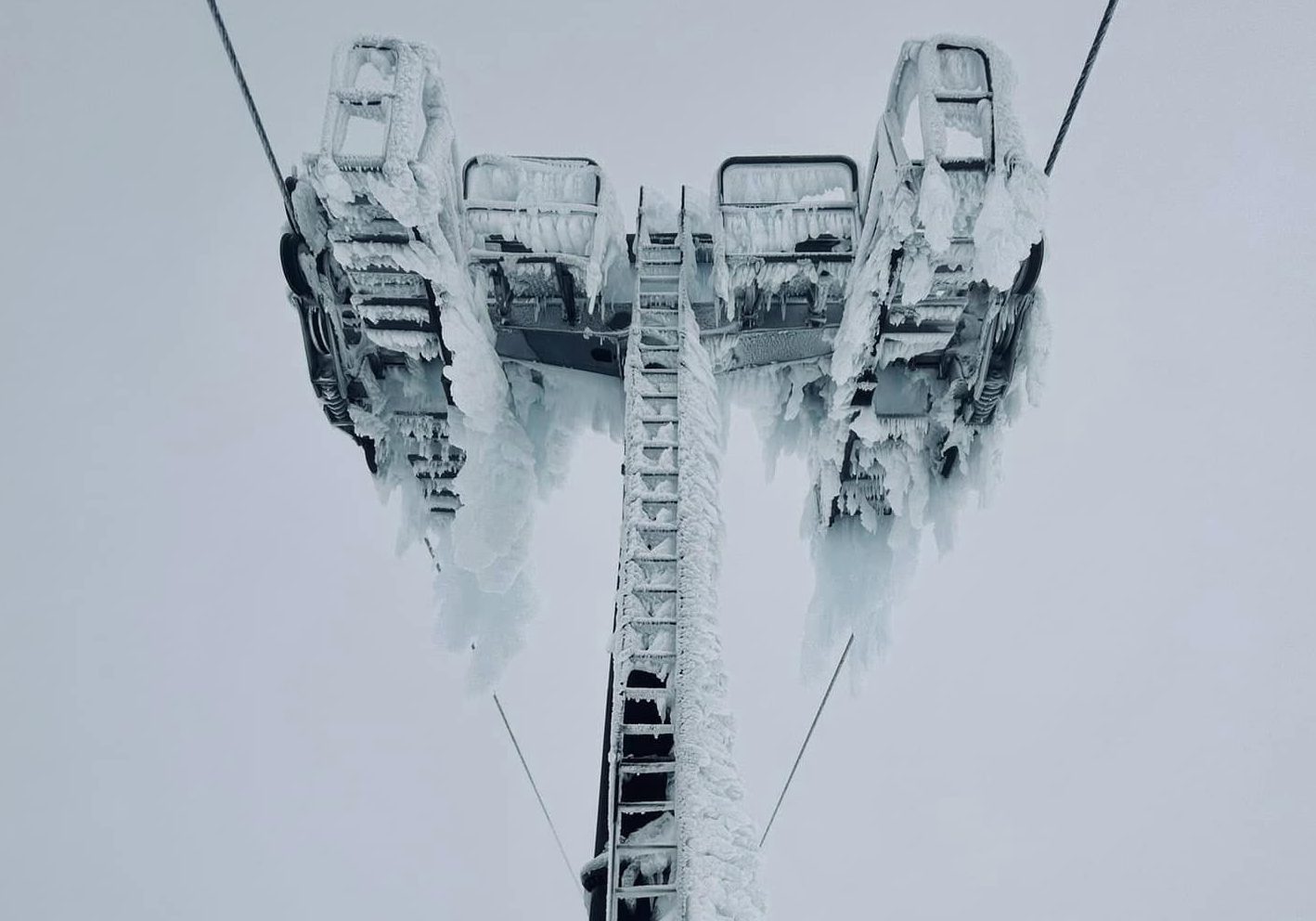
One such de-icing team, the Turoa De-Icers, even have their own Facebook group where they share incredible images from their daily work. The Turoa De-Icers work at the Tūroa Ski Fields at Mt Ruapehu, New Zealand. The ski field is located on the north island of New Zealand.
These guys and gals get up the mountain at the crack of dawn and scale up frozen lift masts to de-ice the infrastructure in ski resorts.
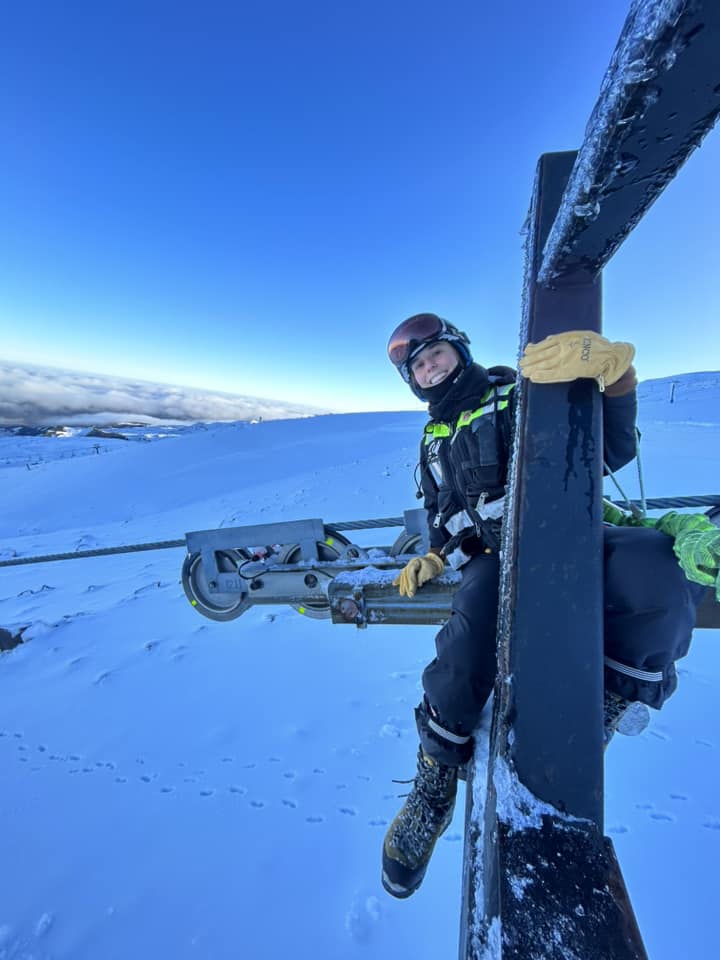
Equipped with a mallet or hammer, they simply give masts or cables a good whack to shake the rime ice off the metal. It is hard work but without the de-icers, lift operations would not be possible on many days.
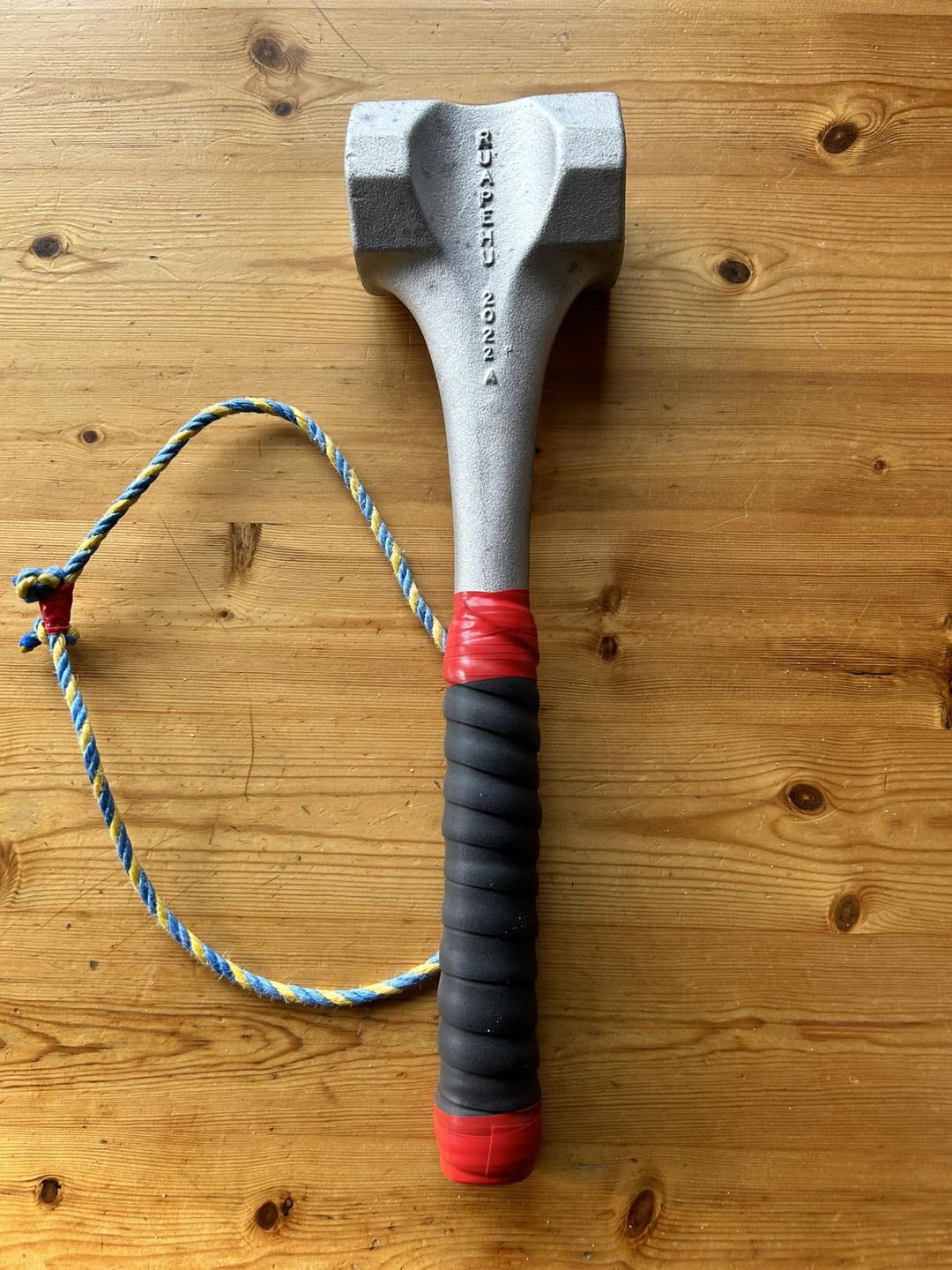
Mt. Ruapehu, New Zealand, claims to have the biggest rime ice in the world. The ski area at Mt. Ruapehu consists of two ski areas, Tūroa in the southwest and Whakapapa in the north. The resorts used to be combined, but following the operator’s bankruptcy last year, Ruapehu Alpine Lifts, the resorts were sold separately to new investors by the administrators.
- Related: Twin Ski Areas at Mt Ruapehu, New Zealand, Saved, But Could Be Split into 2 Separate Resorts
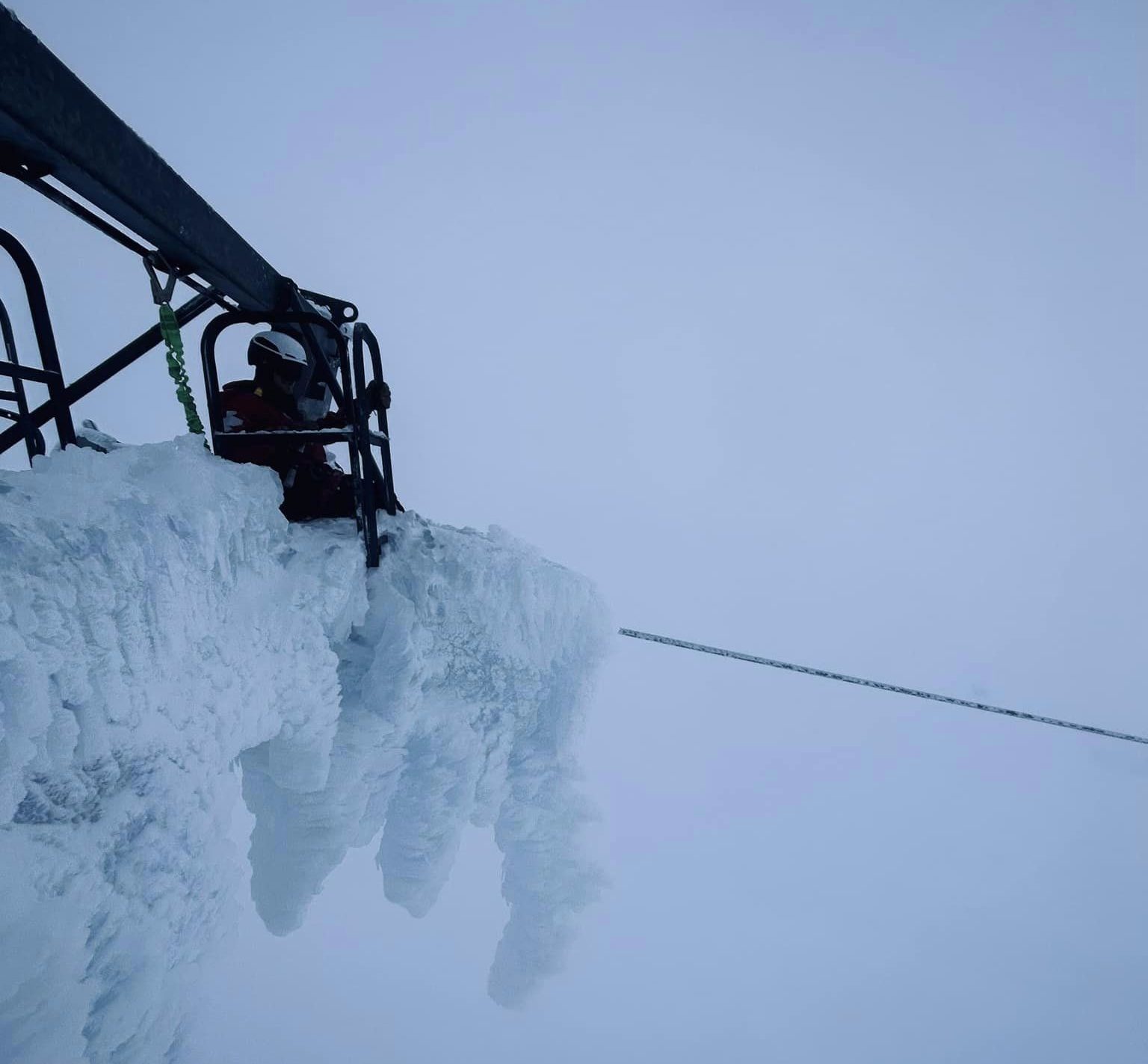
Operating ski areas here on Mt Ruapehu is unique, not only because we’re in a dual world heritage park, but because of the rime ice that comes with our storms. The mountain sticks up at the centre of the North Island and is exposed to moisture-laden air and a maritime climate. When wind combines with 1 to -1 degree temps, any structure in the way of the wind cools down and ice forms on it rapidly. Ruapehu gets the biggest rime ice anywhere in the world. Unlike almost any other ski area where the lifts are ready to turn after a big snow storm, our lift towers and chairs are often loaded with literally tonnes of ice. How do we get the lifts turning? Good old fashioned elbow grease – hitting the ice with a bat. The current storm cycle is a great example of this!
We de-ice all the way through the storm cycle in high winds and low visibility. We have buddy systems and intense processes to keep each other safe. If we didn’t deice through the storm while the ice continually builds, it would become too big and damage our infrastructure. Often there will be ice forming on the deicers themselves and ice reforming on the tower they have just deiced as they’re finishing up. We come back day after day to remove the same amount of ice on the towers throughout the storm. Once the weather clears, avalanche control work can be required before the de-icers are able to clear the last of the ice. It’s a big task working at heights, on ice, in alpine conditions.
Along with the challenging weather conditions that the unique environment of Mt Ruapehu produces, the Tūroa lifts also provide additional challenges to the staff who work with them and the safety teams who prepare the ski area. With a number of the Tūroa lifts overlapping this means that trails accessed from one lift will pass underneath the line of another. Prime examples are Clarry’s track that passes underneath the Movenpick line and the Boneyard which passes underneath the Giant line.
Ice on these adjacent chairlift towers and chairs need to be cleared before safe access can be granted to the trails that go underneath them. The process of de-icing a tower is a methodical process to keep the de-icing crew safe and the entire way we de-ice a lift line is set up to be as efficient as possible in regard to what lifts we are opening. With the crew often working in adverse conditions and removing incredibly heavy chunks of ice that can be the size of small fridges.
Mt. RuapehuPHOTOS
